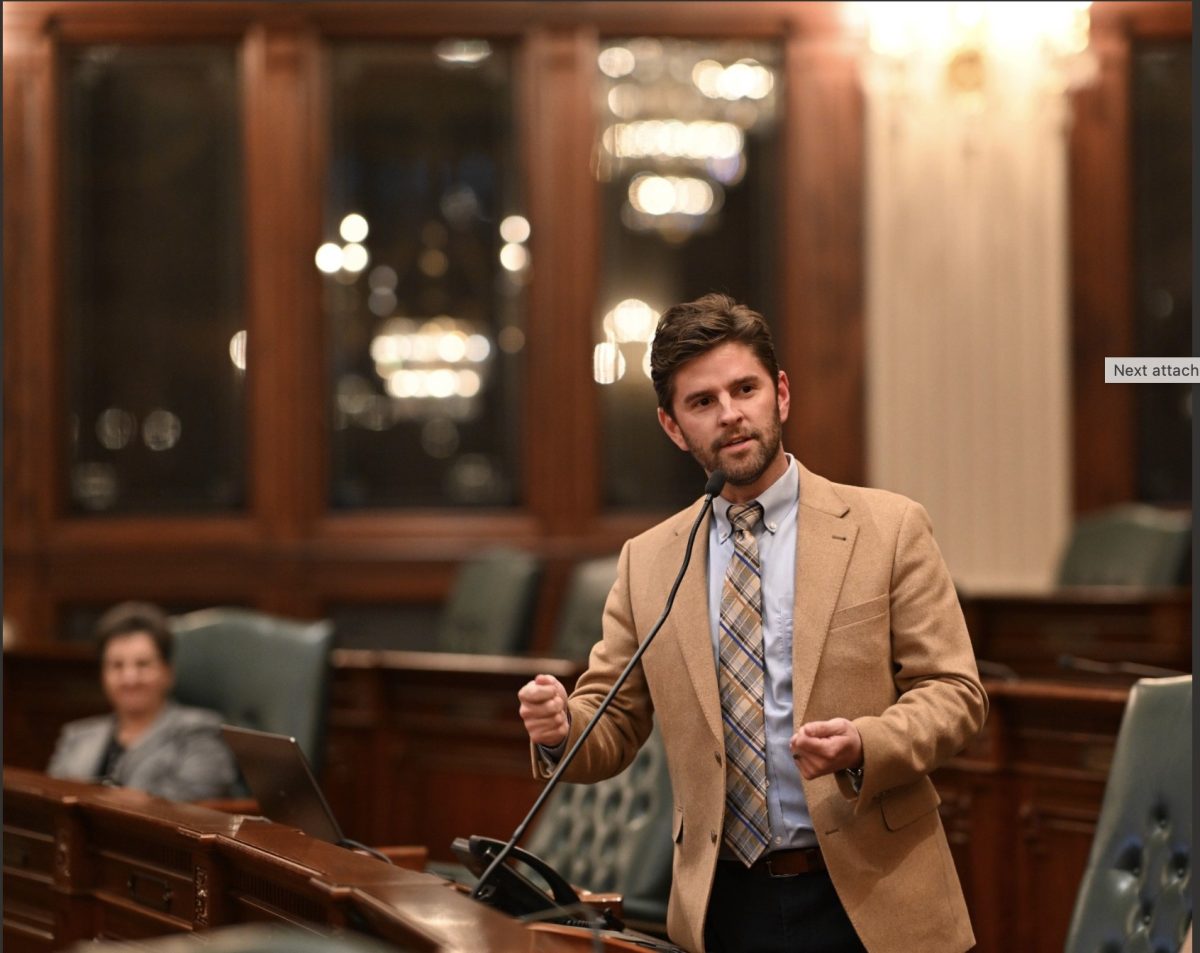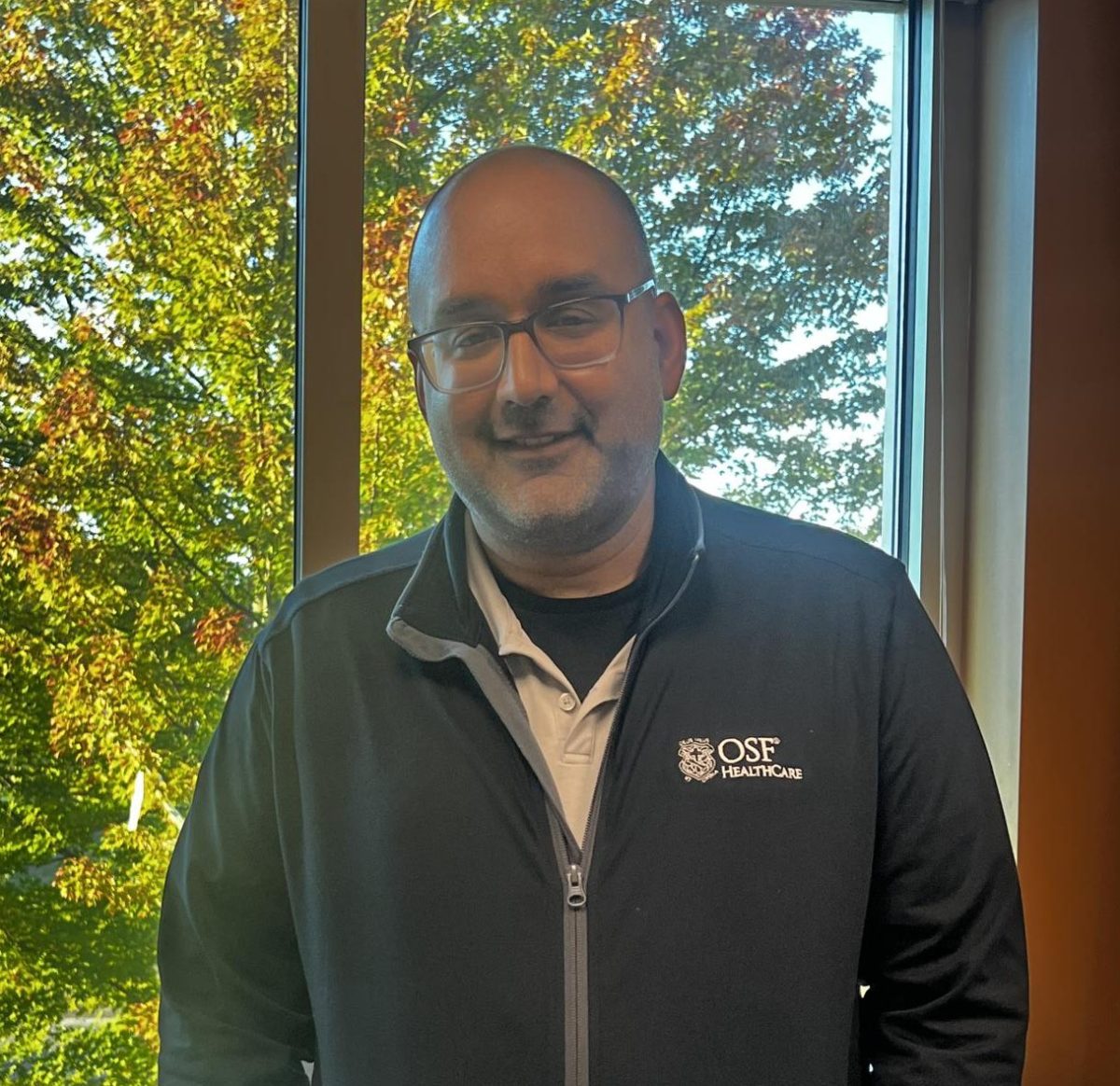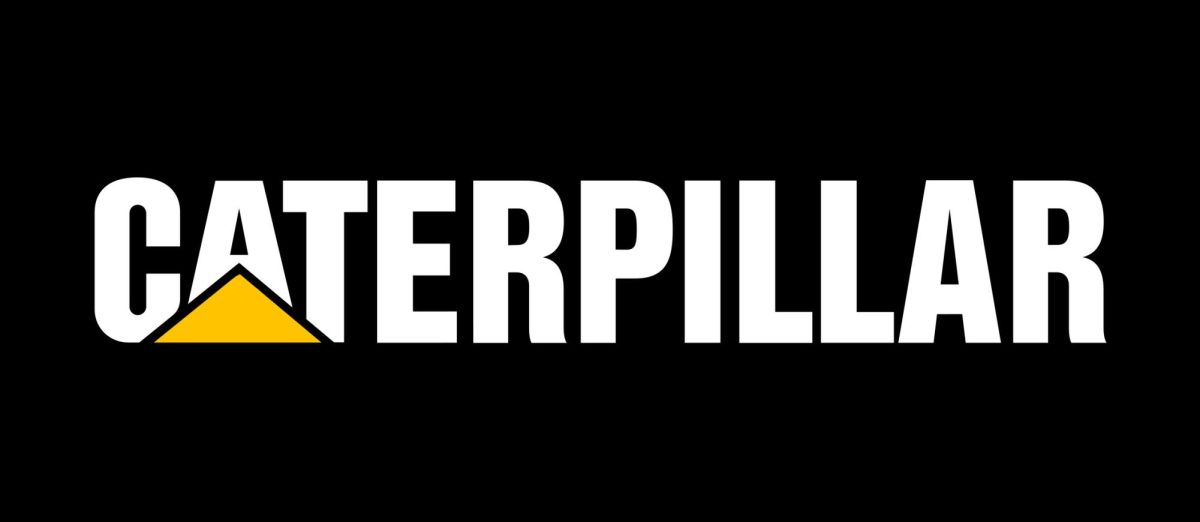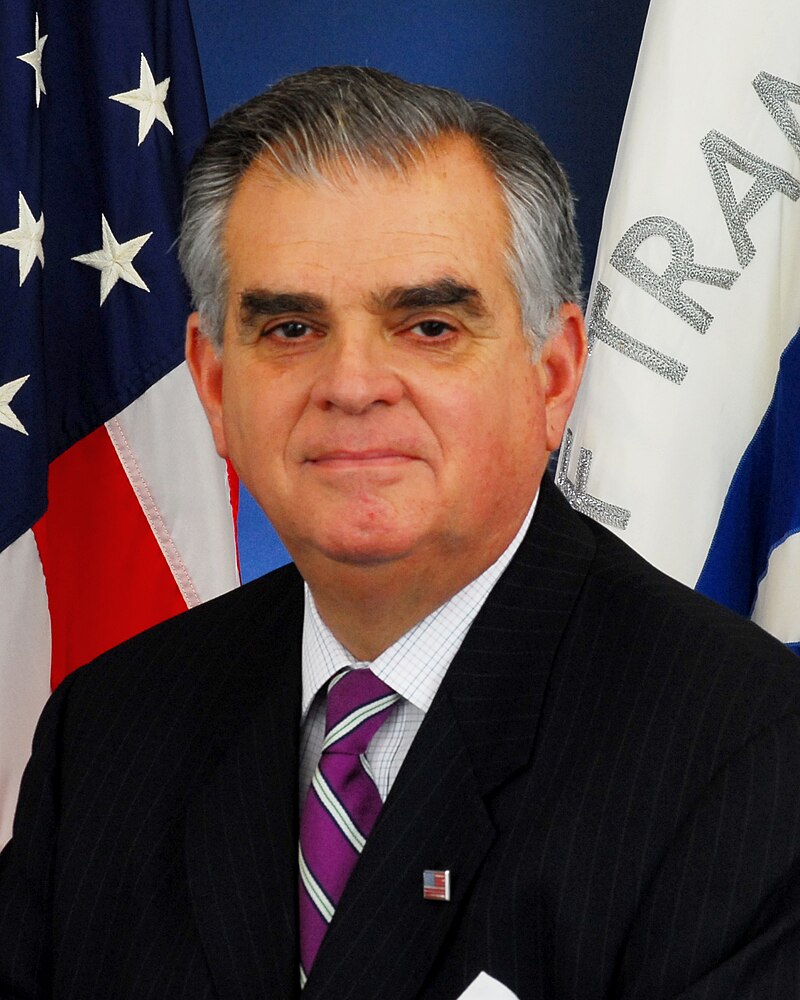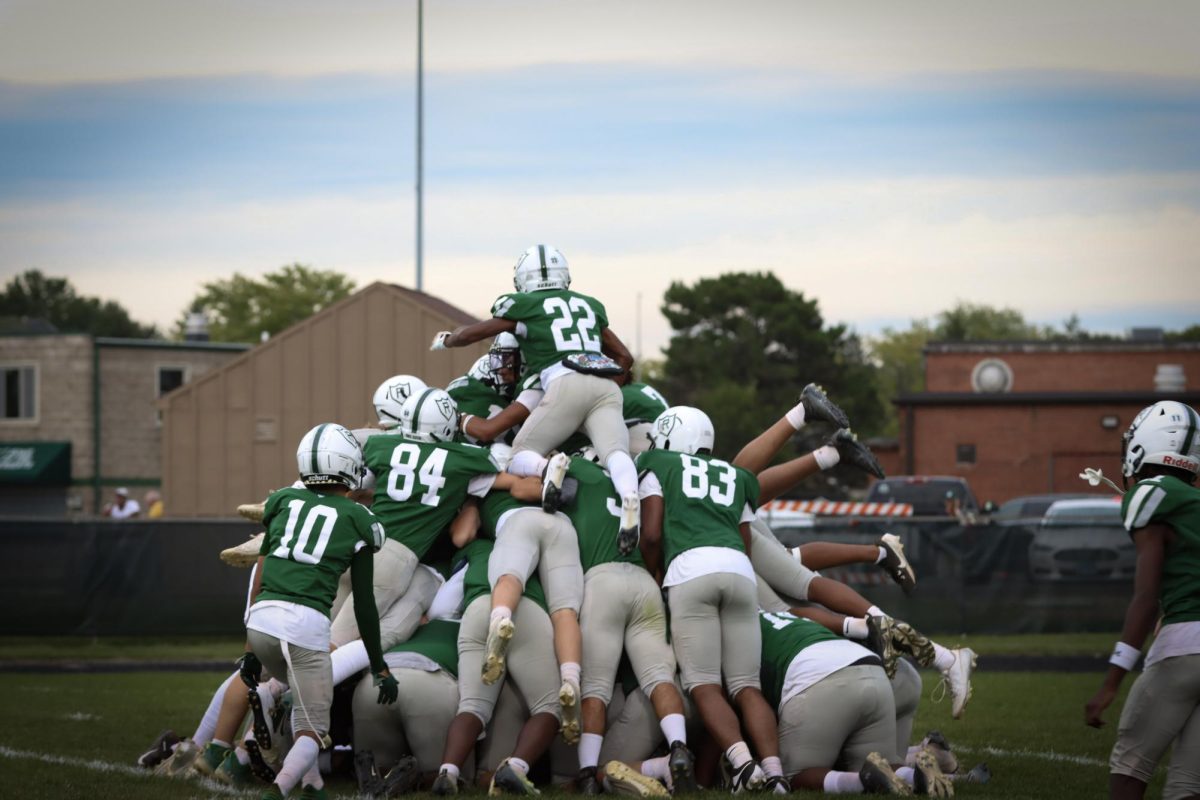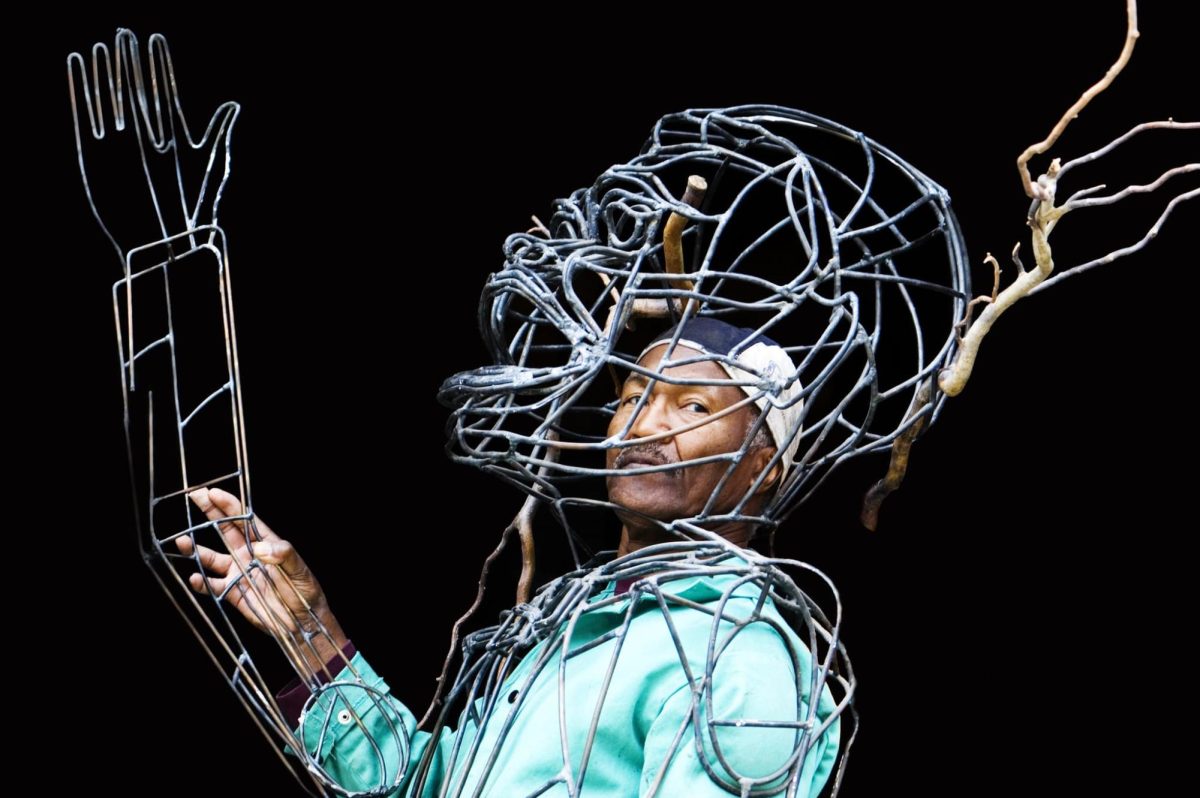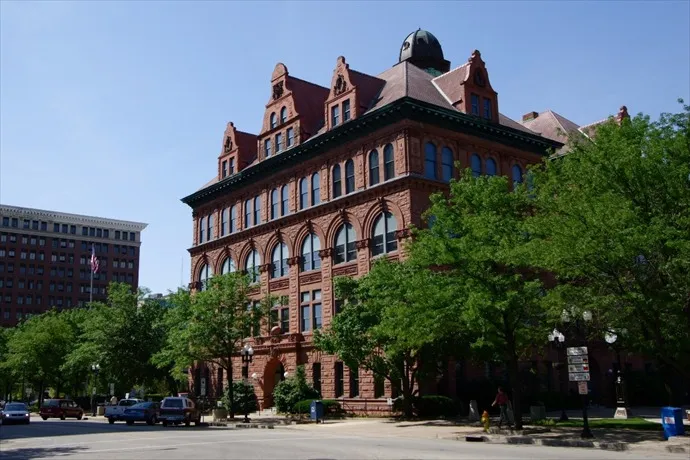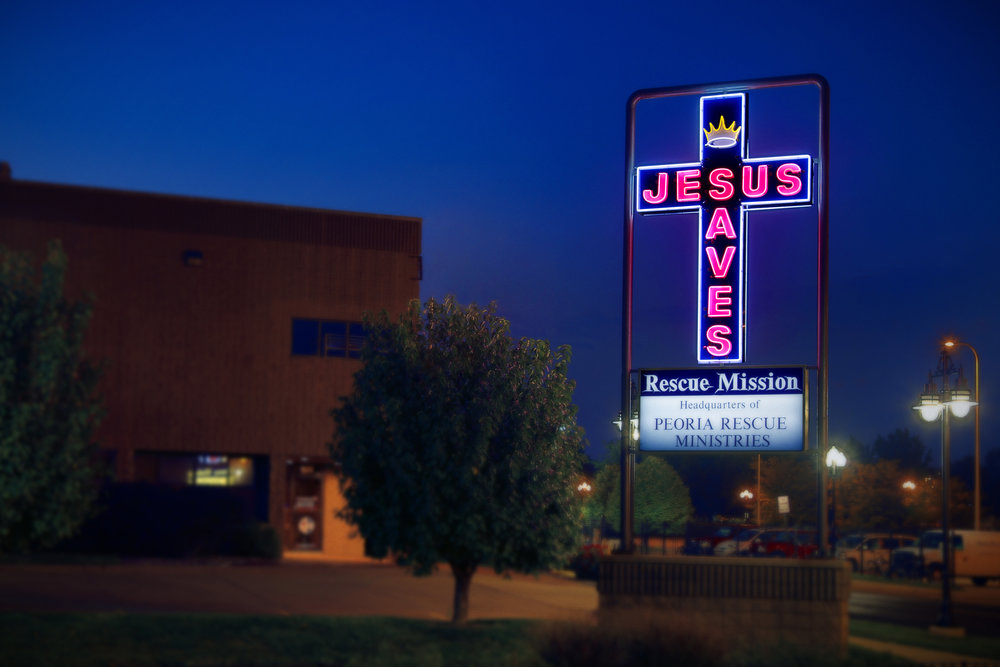On August 30th, Hurricane Idalia first hit Keaton beach in Florida’s Big Bend region. When it made landfall, it was a Category 3 hurricane, but it increased overnight to a Category 4 with winds up to 130 miles per hour. According to DisasterPhilanthropy.org, It was the most powerful hurricane to hit the Big Bend region since 1896, resulting in seven direct fatalities and an estimated $3-5 billion worth of insured property damage. The storm dissipated on September 7th and is the second Category 4 hurricane of the 2023 Atlantic Hurricane Season.
However, the effects of the hurricane also left lasting damage in Florida and Georgia. It resulted in the creation of a tornado outbreak. The Glossary of Meteorology from the American Meteorological Society defines a tornado outbreak as “multiple tornado occurrences associated with a particular synoptic-scale system,” which are usually spawned by the weather system. Tornado outbreaks are specifically dangerous because they not only involve severe storms but are comprised of several long-lasting tornadoes. Not only was there damage in Florida and Georgia due to the initial occurrence of the hurricane, but damage also resulted from the consequential tornado outbreaks. Additionally, Hurricane Idalia created rip currents along the East Coast on Labor Day weekend. Four more people drowned while swimming in New Jersey and North Carolina, and there were several rescues made. Another man in Florida died when a tree fell on him while he was trying to clear the highway. Flash flooding in Georgia and South Carolina led to extensive damage, but thankfully there have been no deaths reported.
In a study done by BuildFax on hurricane recovery time, the process to rebuild infrastructure can take up to 14 months, but it will be longer before the affected areas have fully recovered. One Emergency Management Director of a Florida county, Christopher Evan, adds that “You have a lot of people who have damage to their homes, and it’s going to be a slow and steady process if they will get to those people.” Evan further talked about how the hurricane caused damage to hundreds of businesses and homes, further showing that the recovery will be that much more difficult and long.
In addition to Florida’s national guard and emergency response teams, President Biden authorized FEMA to coordinate with Govenor DeSantis in disaster relief efforts. Power restoration efforts are still in place for the half a million people who lost power due to the storm. FEMA has two Disaster Recovery Centers that will remain open until further notice in Pinellas and Hernando Counties, as stated in a press release on September 16th. During the same press release, FEMA announced the opening of a center in Lowndes County, Georgia on September 17th. Several organizations have stepped up in light of the recent hurricane events to help provide relief. Those who are interested in donating to FEMA may access the Doing Business with FEMA website. Other nonprofits such as the American Red Cross and City Search and Rescue are also accepting donations to help cope with the aftermath of Hurricane Idalia. As communities continue to recover and rebuild in the aftermath of Hurricane Idalia, it serves as a reminder of the importance of resilience in the face of nature’s most formidable forces.



